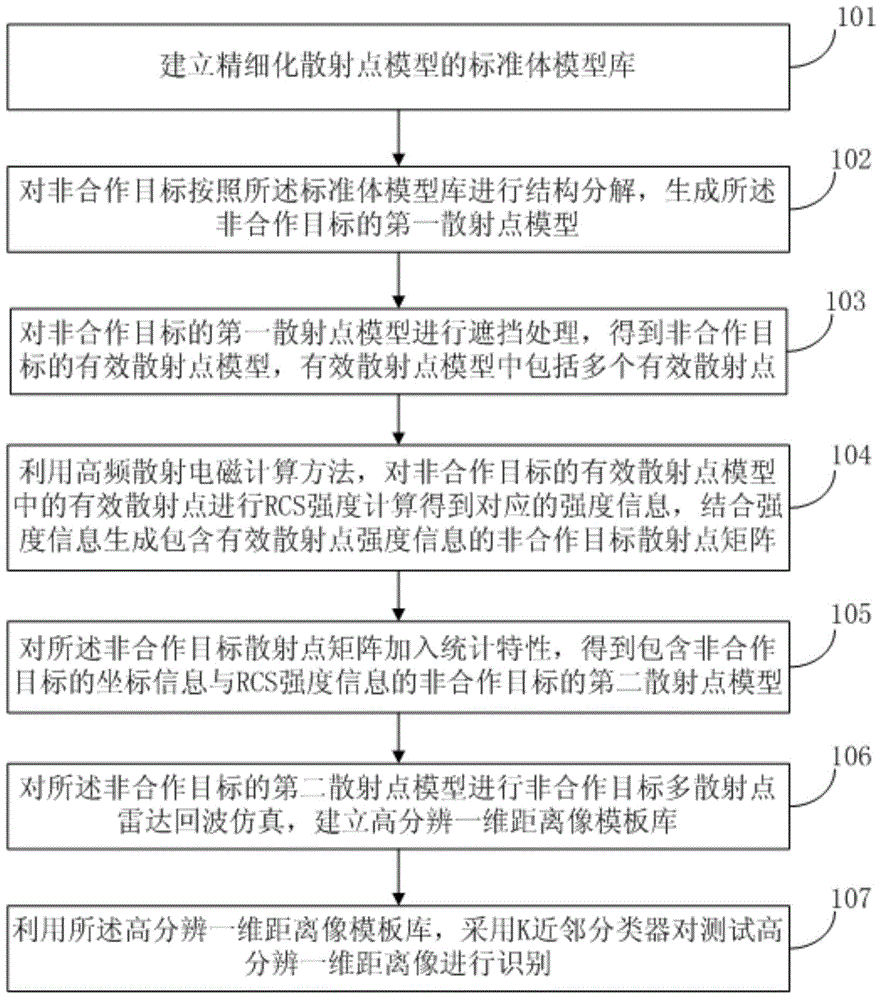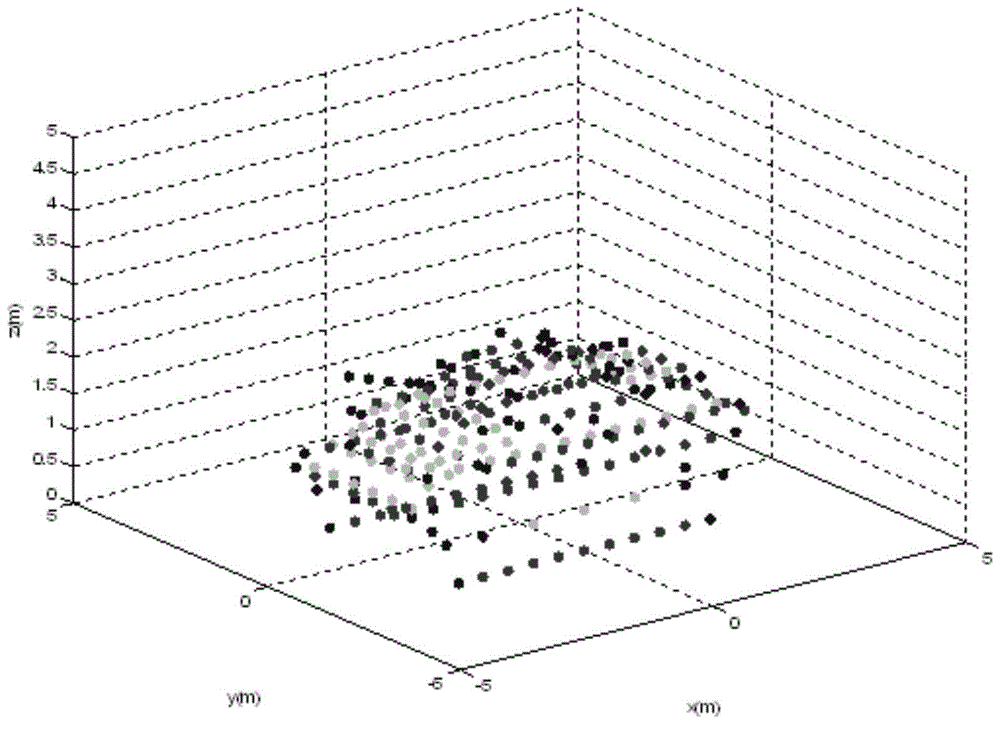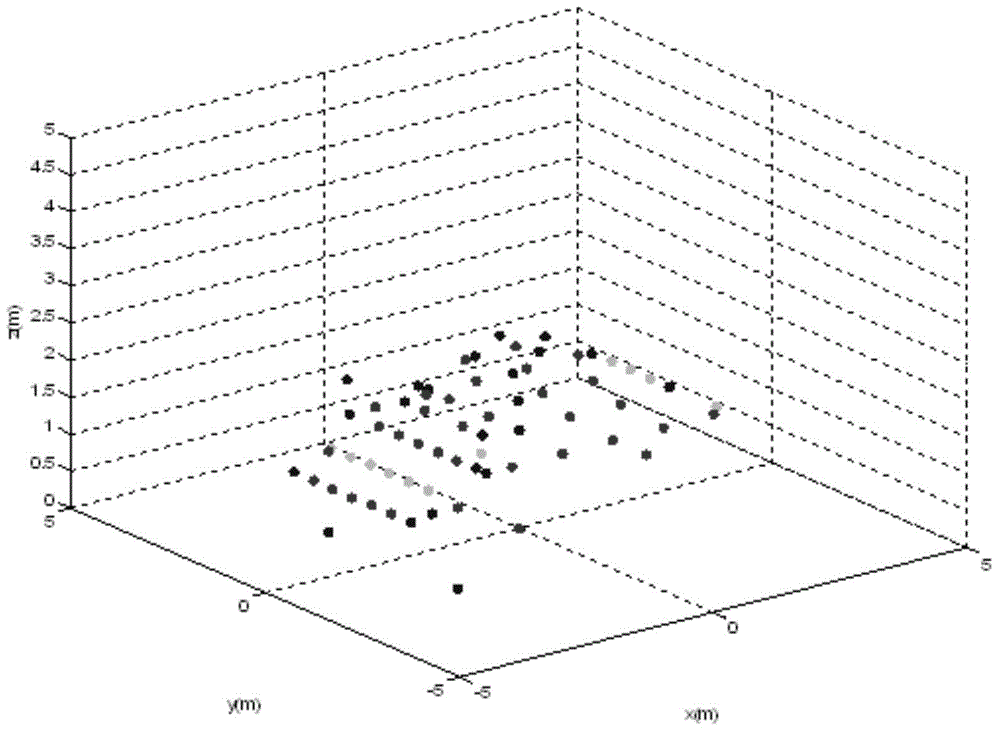Identification method for radar disoperative target based on mixed model
A non-cooperative target, hybrid model technology, applied in radio wave measurement systems, instruments, etc., can solve the problems of unsolvable dihedral angle and cavity structure, inappropriate generation radar, insufficient description of edge scattering, etc., to achieve high real-time processing power, improving overall performance, improving performance
- Summary
- Abstract
- Description
- Claims
- Application Information
AI Technical Summary
Problems solved by technology
Method used
Image
Examples
Embodiment Construction
[0032] The purpose of the present invention is to address the deficiencies in the prior art, and under the condition that the target recognition system is based on synthetic broadband and statistical models respectively, proposes a method for recognizing radar non-cooperative targets based on a mixed model, so as to meet the requirements of the radar recognition system for unknown targets. A practical requirement for non-cooperative targets to generate templates in real-time while improving the recognition performance of target recognition systems.
[0033] The technical idea for realizing the purpose of the present invention is: use the refined scattering point model to model the geometric structure of the target, and use the high-frequency time-domain electromagnetic scattering calculation method to calculate the RCS intensity of each scattering point of the target. On this basis, by adding statistical The model assigns randomness and correlation features between each scatter...
PUM
 Login to View More
Login to View More Abstract
Description
Claims
Application Information
 Login to View More
Login to View More - R&D
- Intellectual Property
- Life Sciences
- Materials
- Tech Scout
- Unparalleled Data Quality
- Higher Quality Content
- 60% Fewer Hallucinations
Browse by: Latest US Patents, China's latest patents, Technical Efficacy Thesaurus, Application Domain, Technology Topic, Popular Technical Reports.
© 2025 PatSnap. All rights reserved.Legal|Privacy policy|Modern Slavery Act Transparency Statement|Sitemap|About US| Contact US: help@patsnap.com



